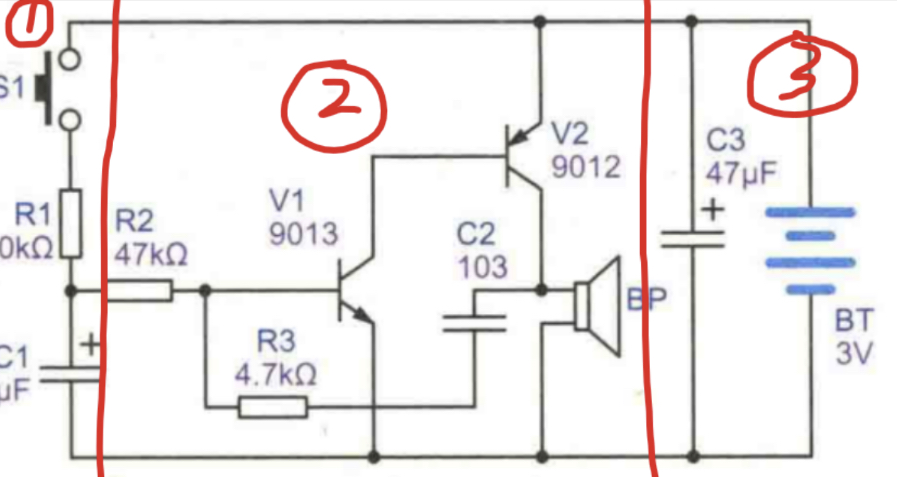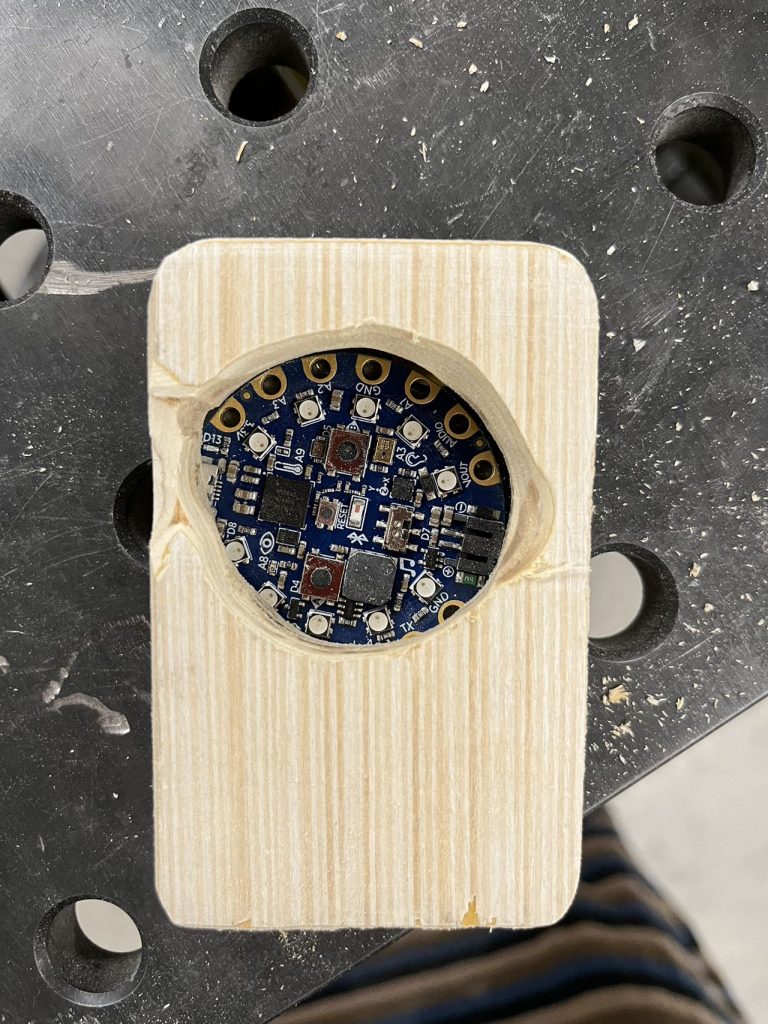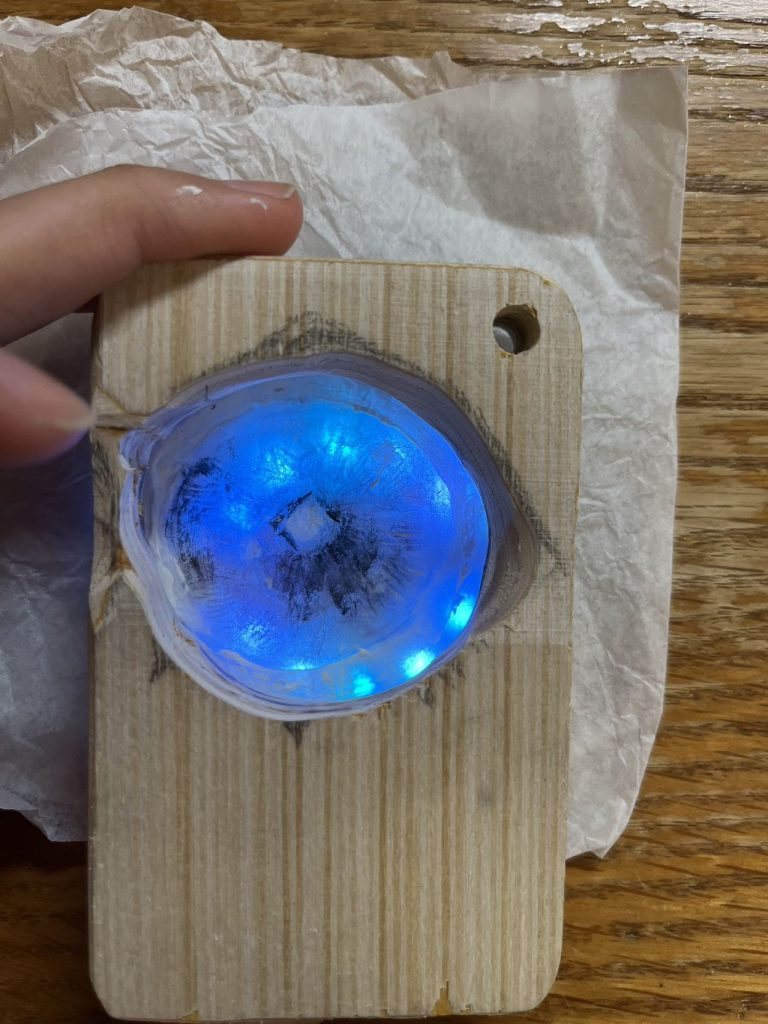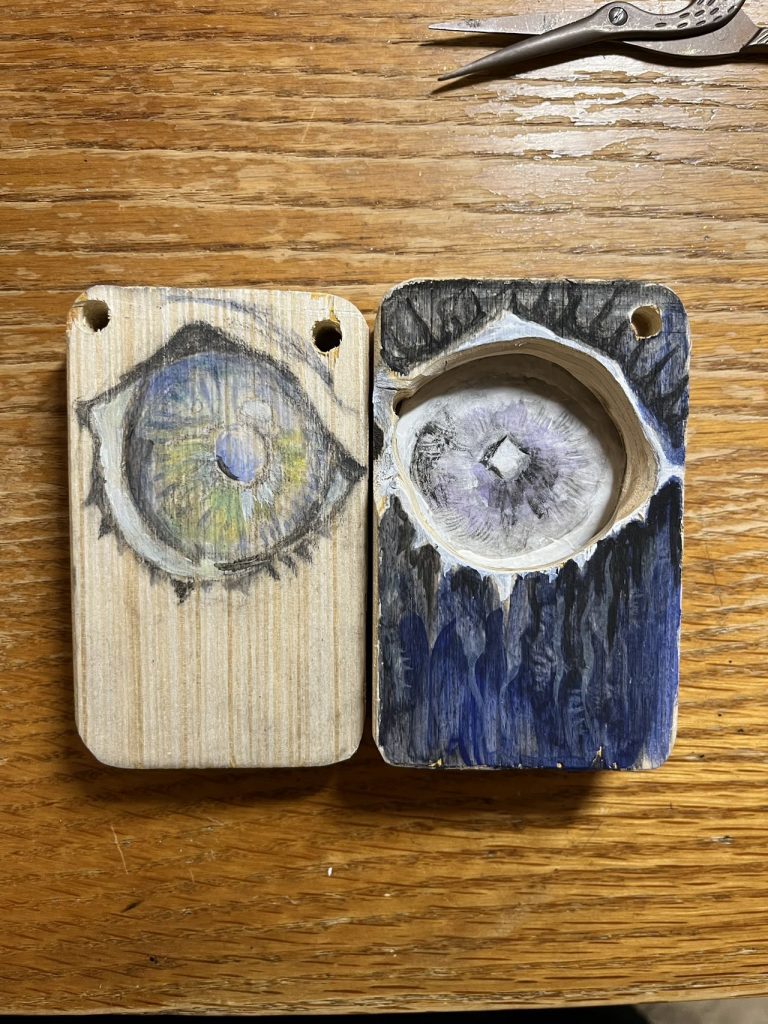This week, we finished the doorbell project. At the inception of designing how “a person can activate the doorbell” and “how someone on the other side can be notified when the doorbell is activated,” I employed step-by-step programming techniques I had learned during my introduction to the circuit playground, continuously refining my approach throughout the process. I initially wanted a voice-activated doorbell, but I soon realized that this would be inconvenient for visitors. Hence I changed that to visitors could simply interact with the door by “moving their fingers” and the owner would recognize their arrival by the music from the doorbell. For the solution, I used a light-sensitive code to do this, where the visitor opens the lid of the doorbell to provide more light, which triggers the music. Each small goal, the broadly conceived approach, the specific code landing to the success or failure of the milestone result was extremely effective. In the end the programme was a success as well.

When setting up the doorbell element, I combined it with the upcoming Halloween and thought of a Cthulhu theme. The doorbell acts as the eyes of the house to “see” visitors and alert the owner, so I modelled the sounding Circuit Playground as the monster’s eyes. The eyes are bright and beautiful when the lid is closed, and when the light comes in they reveal the eyes of the ancient gods inside and begin to play the first eight beats of the Cthulhu chant. To accomplish this, I once again combined woodworking, knowledge of circuit programming, and decorative work learned at Soft Circuit.

This is the inspiration pic for my project from the anime Frieren.

I went to Fimbel Lab to create the outer and inner panels of the doorbell. For the carving of the eyes I ventured to use a new tool: a ring sander. Because of this I managed to depict the lines of the eyes and the nice curves of the eyeballs.
Firstly, I went to Fimbel Lab to create the outer and inner panels of the doorbell. For the carving of the eyes I ventured to use a new tool: a ring sander. Because of this I managed to depict the lines of the eyes and the nice curves of the eyeballs. On the reverse side I also reserved a place for the circuit board to be placed. The carving knife is useful in this step.

Then came the programming part. Although it was very similar to the music box code, I encountered a new problem: “exit code error (1)”. Coincidentally another classmate, Sophia, was also struggling with this. According to the key clue given by Arduino “RuntimeError: Click will abort further execution because Python was configured to use ASCII as encoding for theenvironment.”, we thought it was a language conflict in the system, so we checked the problem one by one. Her code was resolved when she changed the system language from Chinese to English, and mine was resolved when I changed the default location to United States. My Belongings greatly improved in the process.

Painting was the most enjoyable part for me. Once again, I used different paints and glitters to complete Cthulhu’s theme: deep blue ocean and dim dark green seaweed. These colours are also echoed in the sparkling LEDs.

Here is my final product!
Reflection
During the design and development of the project, the concepts of self-efficacy, mindset, self-regulation, and belongingness played significant roles in shaping my process. Self-efficacy was at the forefront as I initially approached the challenge of creating a doorbell system. The step-by-step planning scheme I adopted provided a clear path to tackle the project. It allowed me to break down the task into manageable goals, which in turn bolstered my belief in my ability to succeed. This self-assured mindset, rooted in self-efficacy, kept me motivated and focused throughout the project.
Moreover, the experience of running into coding issues, such as the “Exit Code Error (1),” showcased the importance of self-regulation. When my peer Sophia and I encountered this problem, we engaged in a problem-solving journey driven by perseverance and systematic troubleshooting. This experience reminded me of the significance of adaptability and resilience in the face of obstacles, a skill set cultivated through self-regulation.
The parallels between this project and my previous hesitations to participate in costume workshops and theater classes are evident. In the past, I hesitated to embrace these opportunities due to a fixed mindset that questioned my abilities and feared the unknown complexities. However, the music box project served as a transformative experience, much like a magical spell, guiding me to overcome discomfort, believe in my abilities, and embrace challenges head-on. It serves as a poignant reminder that with self-efficacy, a growth mindset, self-regulation, and a sense of belonging, I can create enchanting outcomes and embark on a rewarding learning journey.
